1. Understand Your Future Needs
Before you downsize, take some time to think about what you’ll need in the future. For example, do you want less home maintenance? Are you looking for a home that’s easier to navigate? Many active adult communities offer homes with features like single-story layouts, wide doorways, and walk-in showers to support aging in place. Additionally, many of these communities provide a wide variety of social activities and amenities.
Thus, by understanding what matters most to you—whether it’s reducing upkeep or staying socially active—you’ll be better prepared to make decisions that align with your future lifestyle.
2. Declutter and Simplify
Once you’ve decided to downsize, it’s time to declutter. Although this can be challenging, it’s also an opportunity to simplify your life. First, start by sorting your belongings into three categories: keep, donate or sell, and discard. As a rule of thumb:
- Sentimental vs. Practical: While it’s important to hold onto items that have real sentimental value, try not to keep things that you no longer use or need.
- Fitting Your New Space: Since your new home will likely be smaller, think carefully about how much furniture or other large items you can bring.
- Using Technology: Smart storage solutions and modern technology can help you make the most of a smaller space without sacrificing comfort.
In the end, simplifying your belongings will not only make the move easier but also help you feel more organized and stress-free in your new home.
3. Choose the Right Active Adult Community
Next, it’s essential to choose a community that fits your lifestyle. While downsizing is about simplifying, it’s also about finding a place where you can thrive. Start by considering:
- Location: You may want to be close to family, friends, healthcare, and shopping centers.
- Amenities: Many active adult communities offer amenities like swimming pools, fitness centers, and clubhouses with organized social events.
- Future Care Needs: If long-term care is a concern, look for communities that offer access to medical facilities or a continuum of care.
Therefore, it’s important to visit several communities, talk to current residents, and get a feel for the environment. This will help ensure you’re making the right choice for your future.
4. Plan Your Finances
Downsizing isn’t just about moving to a smaller space—it can also be a great way to reduce your expenses. Selling your current home and moving into a smaller one can free up some equity and lower your monthly costs. However, there are a few key financial steps to consider:
- Living Costs: Research the cost of living in your new community, including property taxes and homeowners association (HOA) fees.
- Proceeds from Selling: The money from selling your current home can often cover the cost of your new one, but be sure to plan for any repairs or updates your home may need before putting it on the market.
- Monthly Budget: A smaller home typically means lower utility costs, maintenance expenses, and insurance premiums.
In addition, working with a financial advisor can help you make sure your downsizing plans are aligned with your financial goals, both for today and the future.
5. Prepare for a Smooth Move
Finally, once you’ve found the right community and prepared financially, it’s time to get ready for the move. Since downsizing often means making tough choices about what to take with you, it’s important to stay organized throughout the process. Here are some helpful tips:
- Start Early: Begin packing non-essential items a few months before your move to avoid rushing at the last minute.
- Hire Professionals: Consider hiring movers who specialize in helping people downsize. They can provide valuable assistance, especially with handling larger items.
- Label Your Boxes: Clearly label boxes by room to make unpacking easier once you’ve settled into your new home.
In conclusion, planning ahead will help ensure your move is as stress-free as possible, allowing you to enjoy your new home and lifestyle right from the start.
Final Thoughts
Downsizing into an active adult community can be an exciting new chapter in your life. By following these five essential steps—assessing your needs, decluttering, choosing the right community, planning your finances, and organizing your move—you’ll be better prepared to embrace this new lifestyle with ease. As someone with extensive experience in adult communities in northern Ocean County and southern Monmouth County, I’m here to help guide you through every step of the process. Let’s work together to make this transition smooth and enjoyable!
Feel free to reach out if you have any questions or need personalized advice. Your perfect home in an active adult community is waiting!


 Facebook
Facebook
 X
X
 Pinterest
Pinterest
 Copy Link
Copy Link


